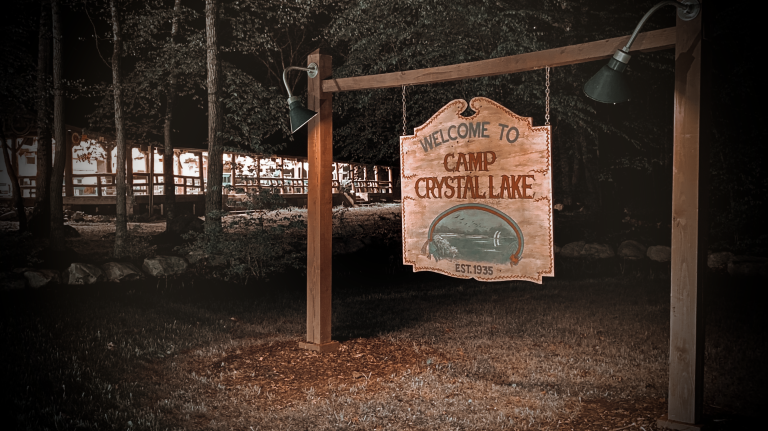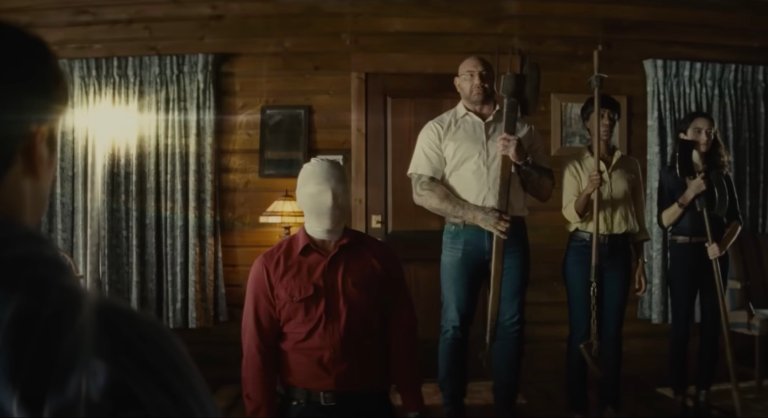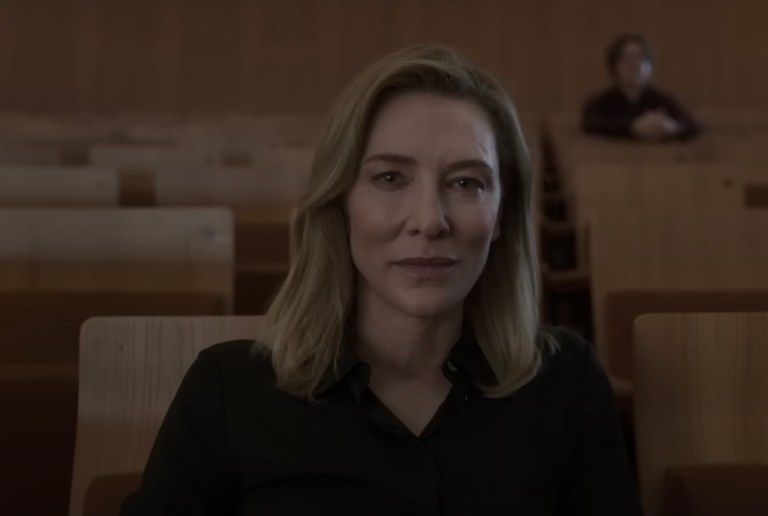We Need To Stop Making The Same Crappy Movies No One Wants

Unless you’re living under a rock, you know that Gravity made what serious box office analysts like to call a fuckton of money – grossing $43 million, a less than 25% decline from its opening weekend. As with the previous weekend, however, Gravity’s success overshadowed the utter failure a movie that premiered against it. During Gravity’s first weekend, Runner Runner took in less than half of what Gravity made in its opening day, and this weekend Machete Kills fared even worse: strugglebusing to a total of $3.7 million. Although Machete was hardly a hit, its sequel saw a steep drop-off of 76%, sad by even sequel standards.
The best comparison for Machete Kills in terms of box office was another sequel to a modest success: Kick-Ass 2, which grossed just $13 million in its opening weekend, on its way to a paltry $28 million total. Like Machete Kills, Kick-Ass 2 recorded a 32% dropoff from the original film’s debut weekend after failing to ignite any fan interest at all. Neither film looked even remotely necessary in a crowded marketplace, and Jim Carrey condemned Kick-Ass 2 before it even came out. Critics agreed with Carrey, awarding the movie a grim 30% on Rotten Tomatoes, the same score that Machete Kills got.
In terms of Adam Smith economics, the utter rejection by the free hand of the marketplace should doom these sorts of projects, but there’s a reason they continue to be bankrolled. Kick-Ass 2 and Machete Kills were incredibly cheap to make by studio standards, costing just pennies of what Gravity or even Captain Phillips made. It’s low risk and high reward if your project happens to take off in the same way that The Purge or Insidious did, tiny-budgeted movies that cost about the same amount as the catering for Iron Man 3. The Purge made $64 million in domestic dollars, pure gravy slathered all over its $3 million budget.
This year has seen box office surprises become increasingly common, as The Butler, Identity Thief, Now You See Me and We’re the Millers easily topped $100 million, a lot more than anyone thought they would make. Compare this with A Good Day to Die Hard, Red 2 and The Hangover Part III, all of which failed to match their predecessors’ successes. What’s the difference? All of the former movies were original concepts that were well-liked word of mouth hits and the latter were critically panned sequels that absolutely no one wanted. None of the original concepts I mentioned were classics, but at least they were something new.
This isn’t just the case with movies. The last two years of radio airplay, where new acts dominate the Billboard charts, show that people are hungry for fresh talent and new ideas, the viral breakout hit that sweeps the airwaves. Although Lady Gaga used to be able to score #1 hits in her sleep, “Applause” has received little of the intense attention that last year’s “Call Me Maybe” and the recent “Royals” have enjoyed. Last year, debut acts controlled the Billboard Charts for an unprecedented 23 straight weeks, and this year at the movies, original concepts have topped the box office for over half of the year.
Of course, not everything that’s new ends up a success. Oblivion made a pretty penny worldwide, but domestically failed to earn half what Joseph Kozinski’s last movie, Tron: Legacy, made. Due to mixed critical and audience reception, Elysium wasn’t the breakout hit that fans of District 9 wanted it to be, a surprise 2009 smash that made $115 million domestically and earned a Best Picture nomination. But even here is a lesson: Gravity is the only science-fiction film this year to exceed expectations. What does it have that Elysium and Oblivion didn’t? In addition to great reviews, it had a female lead.
While Angelina Jolie and Natalie Portman dropped out, Warner Bros. fought Alfonso Cuaron to cast a man in the role of Dr. Ryan Stone, who is in nearly every shot of the movie. The studio thought that a woman wouldn’t be able to carry the role and audiences wouldn’t show up to see a nearly fifty-year-old woman tumble through space. However, what makes Gravity a must-see is precisely that: It’s the kind of movie we never see get made, a genuine movie miracle. Can you remember the last time a woman got to carry a blockbuster of this size, a genuine cultural phenomenon? Yeah, me either.
But Gravity isn’t alone in scoring at the box office. After the surprise success of Prisoners a few weeks ago — the kind of dark, introspective movie that rarely gets made at the studio level — Captain Phillips over-performed its pre-release expectations this weekend, banking $25.7 million. Although the film’s stellar reviews helped, the movie had two key factors on its side. It was Tom Hanks’ first pedigree drama in a while, and audiences were hungry to see the return of an actor they love. Also, the unusual high-concept premise promised something you’d never seen before. The “Tom Hanks Somali pirates movie” sold itself.
As in the case of Gravity, audiences liked what they saw, giving the movie an A- Cinemascore, making it highly likely that the film will hold up well in the weeks to come. Compare this to Runner Runner, a movie that’s all-but gone by its second weekend in theatres. Brad Furman’s $30 million dollar movie might make its money back worldwide and become profitable for the studio, but at what cost? The movie starred two people no one wanted to see in a movie with an online-poker premise that feels five years too late. It’s a punchline now, but at the end of the year, no one will even remember it came out. Like Kick-Ass 2, it will simply disappear.
However, Robert Rodriguez has already vowed to make a third installment in the Machete series, one in which Machete kills in space. What’s weird is that it’s likely he’ll get it in some form, even if he has to settle for a straight-to-video release. The Machete movies continue to play to the same male audience for which Hollywood makes an embarrassing amount of movies every year. Most of these movies don’t do very well, like Parker or Bullet to the Head, but they continue to get made in droves. They continue to overcrowd the marketplace, as Jason Statham makes another movie version of the same action flick every year. Outside the last Expendables movies, the last 5 of his projects all grossed $25 million or under. This is around half what the Mexican-language phenomenon Instructions Not Included has already made — on a similar budget.
Hollywood keeps bankrolling these movies because they’re easy to sell to a tested market, but the problem is that 1 in 50 projects attached to a studio will actually get made, as a recent NYT profile of Kimberly Peirce points out. Peirce has spent the last decade and a half trying to get original projects off the ground, only to have them stall. This is partially because she’s a woman in a male-dominated industry and partially because she dares to think outside the box. Movies called Butch Academy never see the light of day, even with the support of Judd Apatow. The studio is too afraid of “failure.” Nobody wants to be the first to test something out, because of the potential blowback, but everybody wants to be the second.
Sometimes, though, you have to be willing to fail on your own terms, daring to do what everyone told you was impossible, like sending Sandra Bullock to space and leaving Machete at home. If we’re going to fail, we should at least shoot for the heavens trying. ![]()




